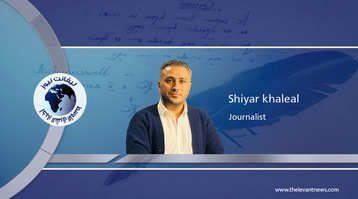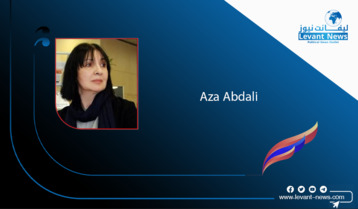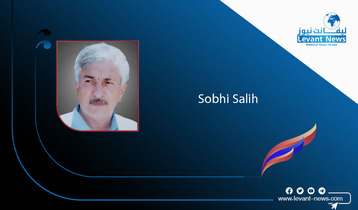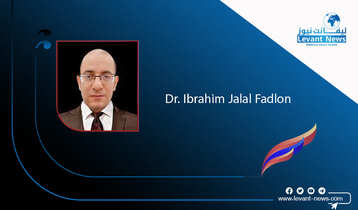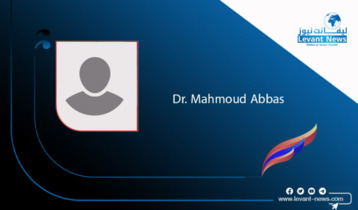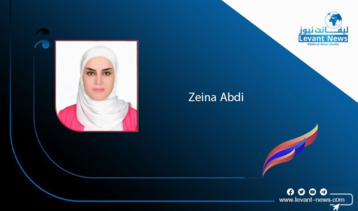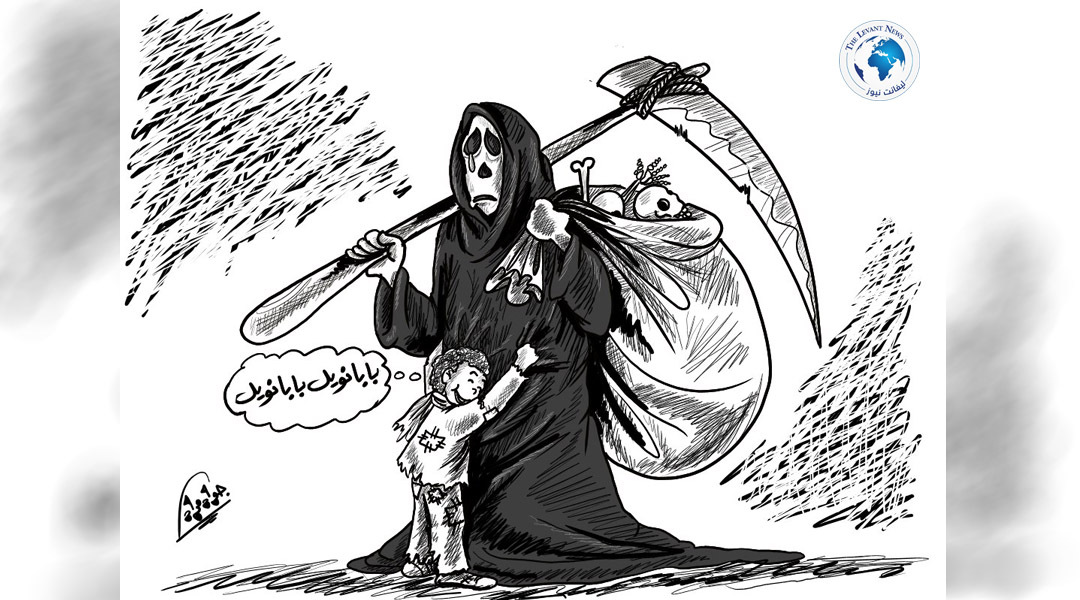-
Khamenei in Crisis: Failure Unmasks an Illusory Power
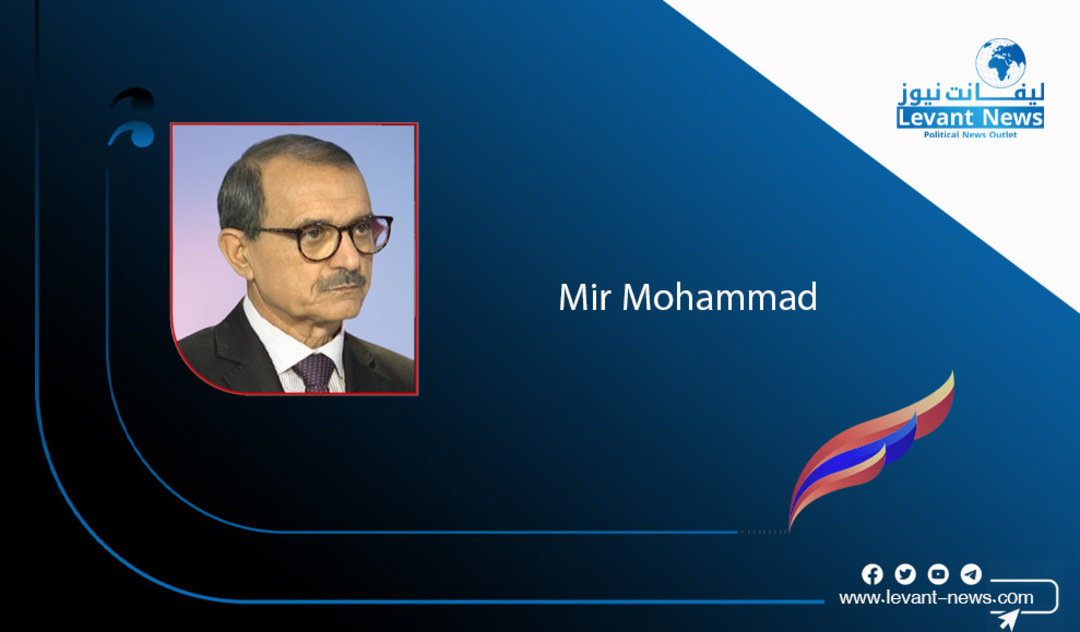
Following the end of the 12-day war between Israel and Iran, clear signs of internal fracture have emerged at the highest levels of power within the regime. This analysis aims to highlight the "third option" for democratic change by examining the strategic gaps between governing institutions, Khamenei's inability to manage the crisis, and the opportunities available to the Iranian people and their organized resistance.
In the past, even during times of severe crisis, Khamenei, as the ultimate center of power, succeeded in containing tensions and unifying the regime through public or behind-the-scenes interventions. However, now—weeks after the war's conclusion and his controversial silence regarding the deaths of top military commanders such as Hossein Salami, Gholam Ali Rashid, and Mohammad Bagheri—it has become evident that the absolute rule of the Supreme Leader has entered a post-authority phase.
Khamenei: From Ruler to Bystander
Previously, Khamenei was able to absorb internal tensions and maintain control by making public statements or acting discreetly. But now, in the aftermath of losing senior military leaders, his silence signals a strategic failure. The delay in holding funerals for these commanders and the absence of a clear crisis-management plan point to the collapse of his authority. Khamenei, incapable of decisive action, finds himself on the defensive and unable to unify the regime’s factions.
Currently, the regime's leader is entirely defensive. While internal contradictions are growing, he tactically attempts to keep both government and IRGC factions engaged—yet he offers no official support to either. This confusion sends a clear message: Khamenei's power, as Supreme Leader and Commander-in-Chief of the armed forces, has effectively ended, with no viable replacement in the current structure.
In his most recent appearance on Wednesday, July 16, Khamenei addressed his demoralized forces, attempting to boost their morale:
“We entered the war with strength... Those who launched the attack thought that by targeting Iran's sensitive centers and key government figures, the regime would naturally weaken—and that the sleeper cells of the hypocrites (a reference to MEK’s Resistance Units) would become active...”
Through these words, Khamenei unmistakably acknowledged the force capable of overthrowing him. This comes despite years of regime propaganda claiming the People's Mojahedin Organization of Iran (PMOI/MEK) was finished and no longer posed a threat.
Strategic Rift Between Government and IRGC
The rift between the Iranian government and the Revolutionary Guard (IRGC) has deepened beyond traditional factional rivalries. A faction within the IRGC is pushing to continue threats and proxy attacks to restore deterrence, while the government and its allies view the ceasefire as "a national rescue" and seek de-escalation and negotiations to address the economic collapse. These opposing paths have paralyzed the regime’s decision-making capacity.
Signs of this divide are evident in regime-controlled media. Some hardline outlets, without credible evidence, accused the government of treason, while pro-government media blamed the IRGC for recent crises. This level of media infighting is no longer a controlled "internal game" but a reflection of the breakdown of internal cohesion.
IRGC Without Leadership, Government Without Power
The loss of top commanders has delivered a strategic blow to the IRGC. The newly appointed leaders lack the necessary experience and credibility, while the IRGC’s middle ranks are caught between fear of targeted assassinations and the pursuit of economic interests. The once-offensive force has now become a passive defender of the status quo.
Simultaneously, the government—devoid of strong leadership—lacks the ability to make decisions. Its attempts to ease tensions face resistance from the IRGC, and this contradiction has erased the IRGC’s former role as a stabilizing force. The result is a fragmented structure incapable of governance.
The Regime’s End Begins from Within
Even if negotiations begin between Iran and the West, internal divisions will worsen. The IRGC views any agreement as a threat to its legitimacy, while the government cannot survive without economic relief. Khamenei is unable to make a final decision. In this vacuum, the role of an organized revolutionary force becomes vital. Only a legitimate and prepared alternative can exploit this rupture, organize society, and pave the way for an uprising. The third option is not merely a political reaction—it is a roadmap for a free and democratic future for Iran.
A Historic Opportunity for the Iranian Resistance
As the regime faces an impasse, a unique opportunity has arisen for the third force—the Iranian people’s organized resistance. With its popular support and decades of experience in exposing regime secrets, including the 2002 revelation of Iran’s nuclear program, the Iranian resistance has proven itself a viable agent of change.
The Third Option: Democratic Change by the People
On June 16, just three days after Israel began its bombardment, Mrs. Maryam Rajavi, the President-elect of the National Council of Resistance of Iran (NCRI), addressed the European Parliament:
“The solution is neither appeasement nor war, but democratic change by the Iranian people.”
Years of Western appeasement sidelined the resistance, but now, with the regime’s internal fractures exposed, the third option is more realistic than ever.
Nearly three decades ago, the Iranian resistance warned:
“Appeasement emboldens the clerical regime and will inevitably lead to war.”
This prediction proved accurate. As Churchill once said, based on prior historical experience:
“You were given the choice between war and dishonor. You chose dishonor, and you will have war.”
The third option is more than a response to the regime’s crisis—it offers a comprehensive roadmap for a democratic Iran. Through its clear Ten-Point Plan, supported by the NCRI, the organized resistance outlines a vision based on universal values: freedom, equality, and justice.
A Free Iran Tomorrow Would Guarantee:
Freedom of speech, assembly, press, and political parties
Separation of religion and state, with freedom of belief for all
Absolute gender equality
Autonomy for ethnic minorities and an end to double oppression
Environmental protection
A non-nuclear Iran free of weapons of mass destruction
Inside Iran, the organized resistance is led by thousands of Resistance Units. In just one year, they carried out over 3,000 acts of defiance against institutional oppression. This internal movement is the deeply rooted network within Iranian society that will deliver the final blow to the deadlocked theocratic regime.
Let me know if you'd like this formatted as a PDF or summarized for a specific audience.
Mir Mohammadi
Tags
You May Also Like
Popular Posts
Caricature
opinion
Report
ads
Newsletter
Subscribe to our mailing list to get the new updates!

